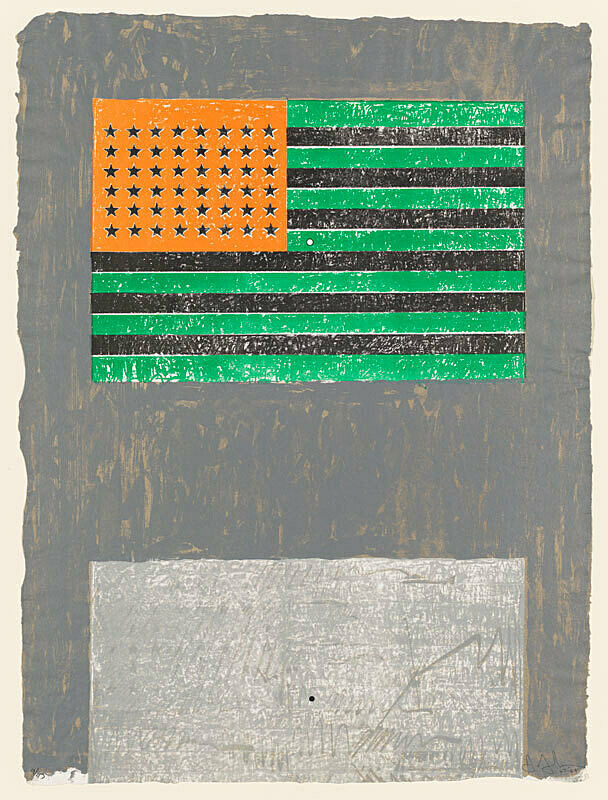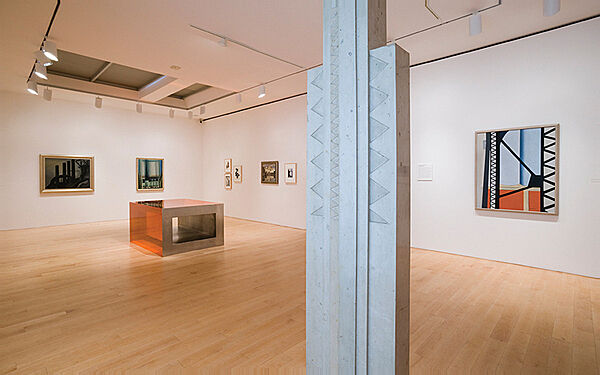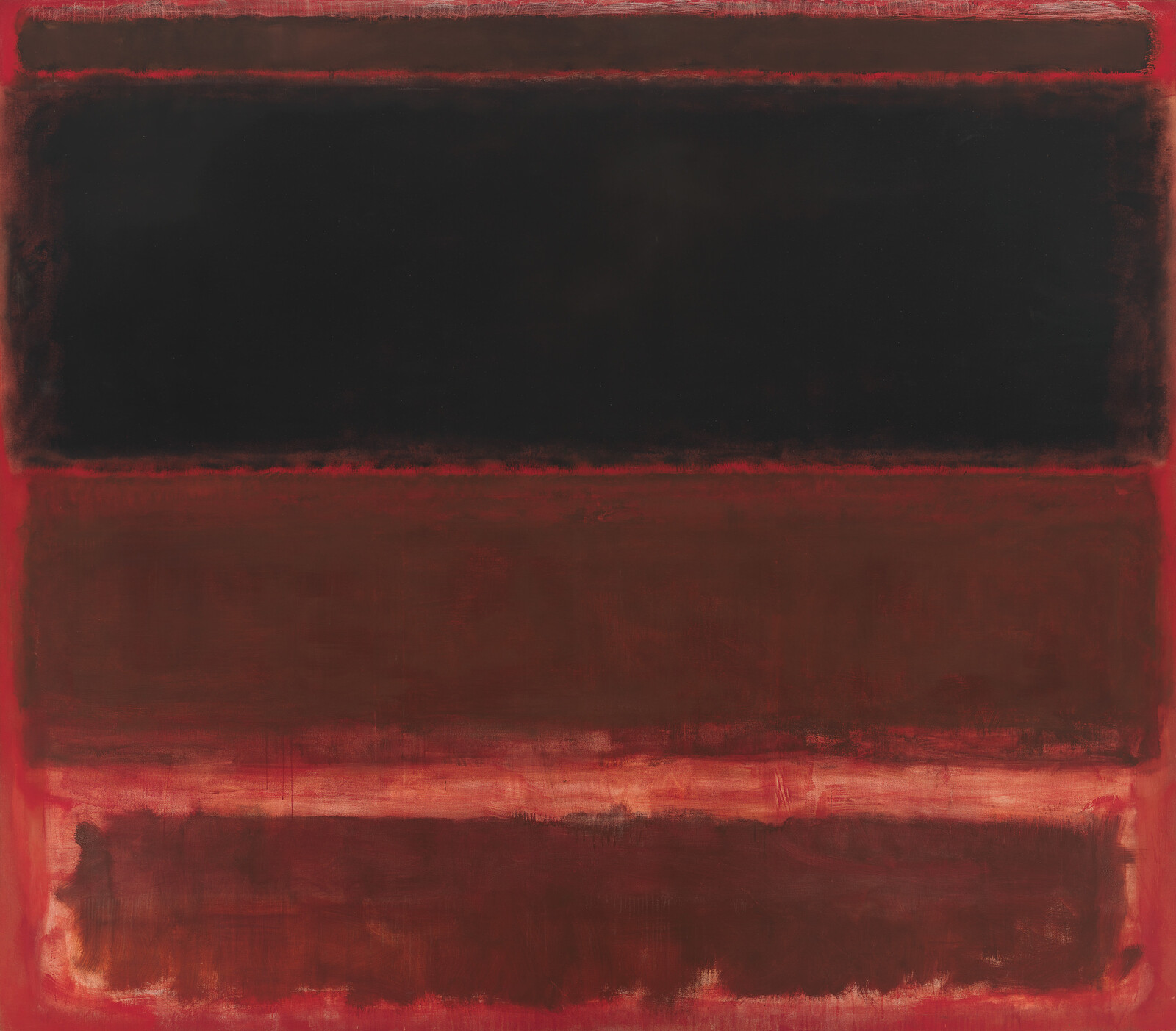Weegee
1899–1968
Arthur Fellig, the photojournalist who went by the name Weegee, elevated tabloid news photography to an art form. Working as a freelance news photographer in New York from 1935 to 1947, he revealed the dark underbelly of the city— violent crime scenes, arrests, fires, and other urban mayhem. Although the primary intention of Weegee’s work was documentary, his photographs betray an aesthetic consideration and psychological content that transcend the reportorial.
Weegee unflinchingly captured the events and individuals involved, but also included the raw reactions of people at the perimeter of the scene, including officials, relatives of the subjects, and bystanders. In addition to appearing regularly in New York daily newspapers and in syndication throughout the country, Weegee’s “film noir” portrayals of New York life and its menagerie of disparate city dwellers were published in two popular books in this period: Naked City (1945) and Weegee’s People (1946).
Member of Murder Inc. Got the Chair displays many classic elements of Weegee’s brash style. The flashbulb’s sudden white glare catches the intense moment when an accused murderer descends from a police wagon and hides his face, while the placid expressions on nearby officials strangely contrast with the gruesome and sensational scope of the story. The “Murder Inc.” of the title references the name given by the press to the notorious Brooklyn- based ring of hit men that operated within organized crime. The group was eventually disbanded as many of its members, like the gangster in this news shot, were sentenced to the electric chair.
Introduction
Ascher Fellig (June 12, 1899 – December 26, 1968), known by his pseudonym Weegee, was a photographer and photojournalist, known for his stark black and white street photography in New York City.
Weegee worked in Manhattan's Lower East Side as a press photographer during the 1930s and 1940s and developed his signature style by following the city's emergency services and documenting their activity. Much of his work depicted unflinchingly realistic scenes of urban life, crime, injury and death. Weegee published photographic books and also worked in cinema, initially making his own short films and later collaborating with film directors such as Jack Donohue and Stanley Kubrick.
Wikidata identifier
Q445857
Information from Wikipedia, made available under the Creative Commons Attribution-ShareAlike License . Accessed January 2, 2026.
Introduction
American photographer, active in New York City and Hollywood. Arthur Fellig, known as Weegee professionally, is noted for his photographs depicting crime and other newsworthy events, usually taken at night. His early career was spent as a freelance press photographer. He prided himself on his ability to arrive at the scene of a crime before the police, and derived his name from the phonetic pronunciation of the Ouija board. He sold his images to tabloid newspapers from 1935 through the 1940s, and published his first book, Naked City in 1945, followed by Weegee's People in 1946. Naked City was a commercial success and guaranteed his income. At this point he began taking portraits of celebrities and figures in the entertainment industry. He used a variety of trick lenses to distort and manipulate these images, and often exposed or exagerrated the imperfections of his subjects. He experimented with infrared film and flash to make exposures in darkness, particularly of people in darkened movie theaters. Weegee used a 4x5 Speed Graphic press camera and flash exclusively throughout his career; and is not known for his printing virtuosity, but for the elements of social critique in his photographs. He was a flamboyant character, and revelled in his own notoreity and mythology.
Country of birth
Poland
Roles
Artist, photographer
ULAN identifier
500032312
Names
Weegee, Arthur Fellig, Artur Felig, Asher Felig, Arthur H. Fellig, Usher Fellig, Arthur Felling, Vig'i, Weegee the Famous, Weejee, אשר פליג
Information from the Getty Research Institute's Union List of Artist Names ® (ULAN), made available under the ODC Attribution License. Accessed January 2, 2026.










